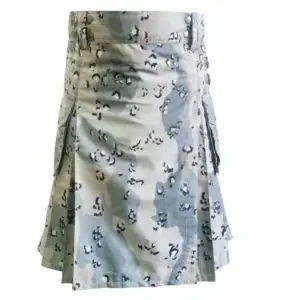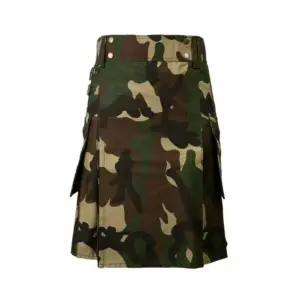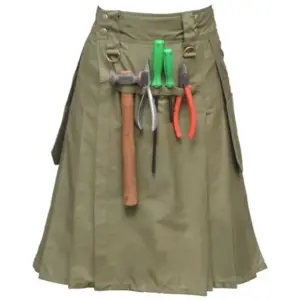Introduction:
There’s something undeniably captivating about a man in a kilt. Beyond its striking appearance, the kilt represents a rich tapestry of Scottish tradition, heritage, and identity. In this blog, we’ll explore the timeless allure of men in kilts, delving into the history, significance, and modern-day resonance of this iconic garment.
A Symbol of Heritage:
The kilt is more than just clothing; it’s a symbol of Scotland’s proud heritage and cultural identity. Its origins can be traced back centuries, to the rugged landscapes of the Scottish Highlands, where clans would proudly don their tartan kilts as a mark of allegiance and unity.
Evolution of the Kilt:
Over time, the kilt has evolved from its humble beginnings as a practical garment for Highland warriors to a symbol of national pride and tradition. While its basic design remains unchanged—featuring pleats, tartan patterns, and a sporran—the kilt has adapted to suit modern tastes and lifestyles.
A Timeless Style Statement:
Today, the kilt is not just reserved for special occasions or ceremonial events; it’s also a fashion statement embraced by men around the world. Whether worn with a traditional jacket and sporran or paired with a casual shirt and boots, the kilt exudes an effortless sense of style and sophistication.
Breaking Stereotypes:
Contrary to popular belief, wearing a kilt is not limited to Scots or those of Scottish descent. In fact, men from all walks of life and cultural backgrounds are proudly donning the kilt, breaking down stereotypes and celebrating diversity in fashion.
Embracing Tradition:
For many, wearing a kilt is a deeply personal experience—an opportunity to connect with their Scottish roots or pay homage to a beloved culture. Whether worn at weddings, Highland gatherings, or everyday outings, the kilt represents a connection to tradition and a celebration of heritage.
Preserving the Legacy:
Efforts are underway to preserve and promote the tradition of kilt-making, ensuring its legacy for future generations. From skilled artisans handcrafting kilts using traditional methods to cultural organizations promoting Scottish heritage, there’s a concerted effort to keep the spirit of the kilt alive.
Conclusion:
In a world of fleeting trends and ever-changing fashion, the kilt stands as a timeless symbol of Scottish tradition and pride. Whether worn by Scotsmen or admirers from afar, the kilt represents a connection to the past, a celebration of culture, and a nod to the enduring allure of heritage attire. So let’s raise a toast to the men in kilts—embracing Scottish tradition with style, grace, and a touch of Highland spirit.
l



